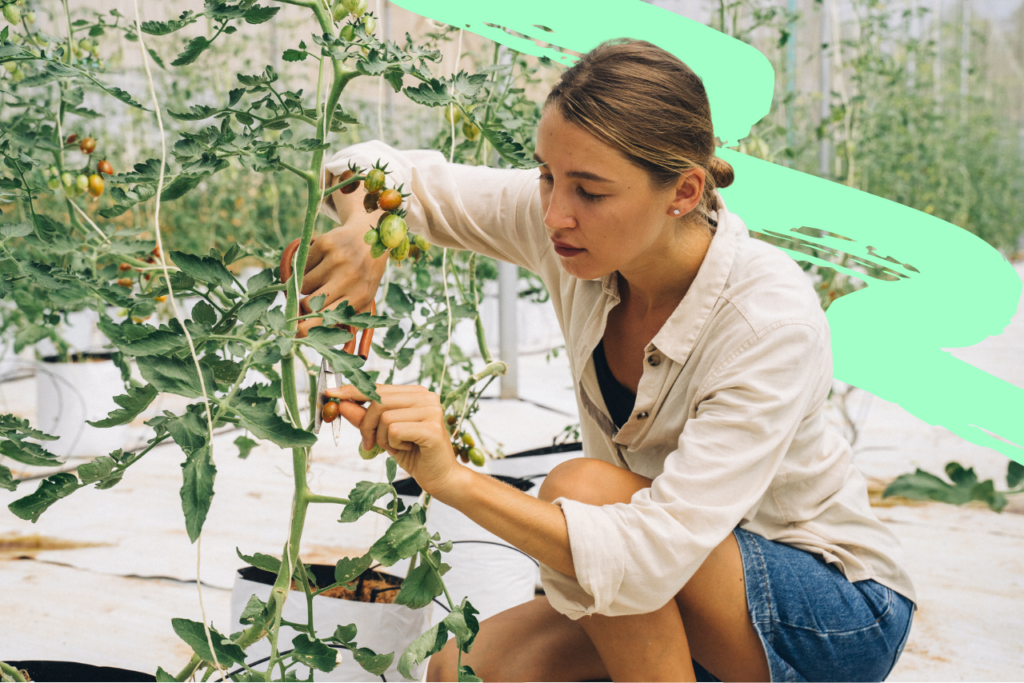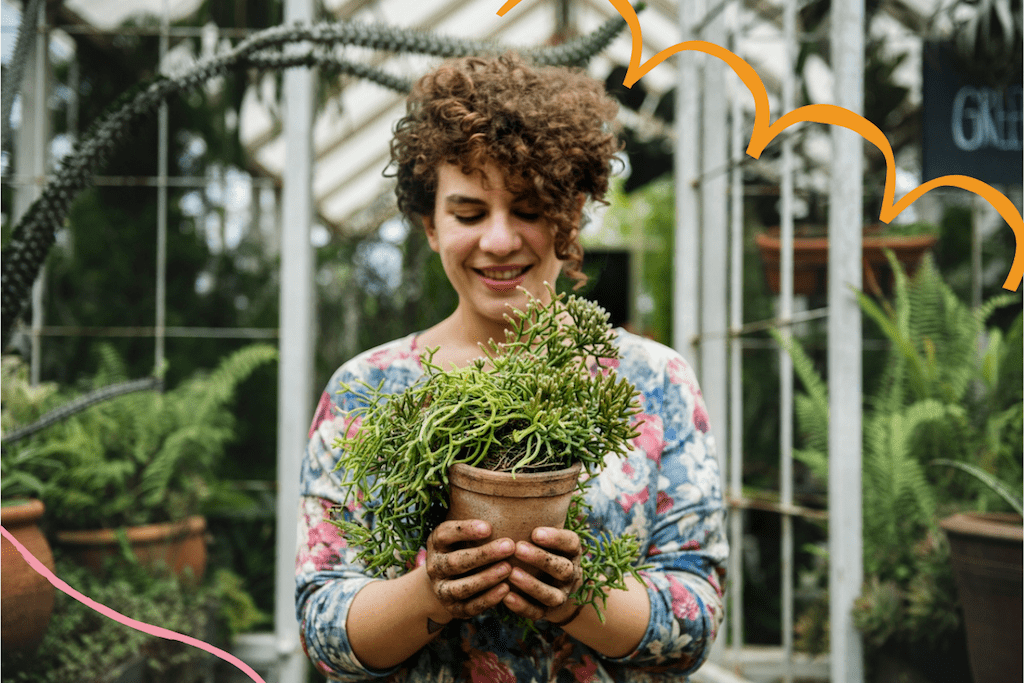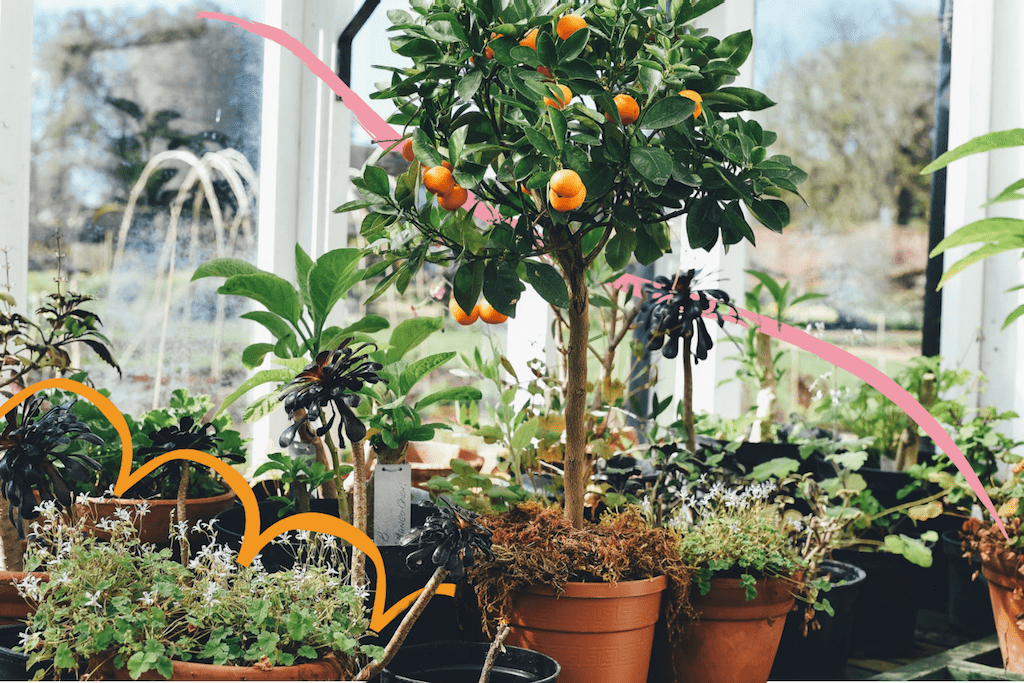Summer is well and truly upon us, the birds are singing, plants are peeping their heads above the parapet and suddenly everything is looking rather rosy. Or rather, everything is looking rather dry, with 2025 looking to break all manner of records for heatwaves and drought.
That shouldn’t put you off your gardening, however. In fact, it should serve as even greater encouragement to get out there and nurture your plants.
With gardening now recognised as a therapeutic pastime, we’ll take any excuse we can to get out there and frolic amongst the long (and admittedly yellow) grass and flowers. But save a thought for the city dwellers, with not a square metre of garden to share between a street. Or perhaps not….
In fact, a trend in recent years is for those without garden space to erect greenhouses on apartment rooftops and experience the soothing effects of tending to plants, herbs and crops first hand. So, whether you’re living in Birmingham or Bledlow, there really is no excuse not to get your fingers green and your knees muddy/dusty. With that in mind, here are 7 greenhouse growing tips for summer.
Know Your Planting Seasons
Successful greenhouse growing isn’t simply a case of chucking some seeds into a pot, turning your back and hoping for the best. Nope, it actually requires careful planning and preparation, and most importantly, a very particular attention to the seasons.
In early summer, it’s time for fast-growing tender plants like courgettes, french beans and squashes, and in unheated greenhouses ready grown pepper and tomato plants. It’s also the ideal time to sow your basil seeds. In later summer, you can sow lettuce and any salad leaves that fall under the ‘peppery’ umbrella (rocket and watercress, we’re looking at you), as well as baby carrots and new potatoes.
Also fair game for planting (if you can find any space!) in your greenhouse are herbs like coriander, chervil, dill and parsley. It’s a good time for fennel, spring onions and Chinese cabbage, too.
Basically, timing is everything; the RHS have published this useful chart which gives extensive information on month-by-month best practice for planting.

Summer Lovin’
The weather has suddenly heated up considerably, and unseasonably warm looks set to become the new normal. The way you approach your greenhouse and its watering regime should be starkly different from winter to summer, adaptable and ever evolving, too.
If you’re going to take your growing regime seriously, then you might want to consider a smart automatic watering system, which are able to water automatically with minimal supervision. Solar powered, they also represent an environmentally friendly purchase, avoiding excessive energy use and overwatering.
During these hot summer months, when it gets stuffy and humid within, you’ll need to check water levels and carry out watering daily. Uneven watering – and that can mean overdoing it as much as neglecting it – can cause problems like blossom and rot.
To mitigate these issues, make sure you ventilate your greenhouse on particularly warm days and be aware that the manufacture of some shading will be necessary. Summer sees a rise in pests which, when unchecked, will ravage your crops; hang sticky traps to catch them.
Read: What vegetables, fruits and herbs thrive in raised garden beds?

Use Technology
Though the dream is to be at one with nature, listening to the subliminal messages your plants are sending and massaging their leaves until they flourish, the reality is somewhat different. As such, there’s no shame in relying on a little technology to make things run more smoothly.
By implementing features like remote control windows, widespread sprinklers or those smart watering systems we mentioned earlier, greenhouse owners can optimise the conditions of their goods within. Be wary of heated greenhouses, however. Although they allow for maximum year round yield, they are rarely cost effective. And at a time of climate chaos and rising energy bills, we should be trying to minimise our impact, not increase it.

Keep It Clean
If we’ve learnt anything from Breaking Bad, it’s that only with a meticulous attention to tidiness will production realise its full potential. Maintaining a clean and tidy greenhouse, then, is vital for the health and success of your plants. Tools and pots should always be disinfected to prevent diseases and harmful pests from invading, and excess condensation should be cleared from the glass to minimise the risk of mould growth.
You should keep a kit handy that includes natural and organic insecticidal soaps (an increasingly popular method of controlling certain insects in an eco-friendly manner), a bleach solution and disinfectant spray along with clean microfibre cloths so that you don’t have to waste time or effort collecting supplies when you need them. Those extra few seconds saved could be the difference between flourish or fail. Be sure the bleach solution is properly diluted; in most cases, one part bleach to nine parts water is a good ratio for safely disinfecting.

Scale Up Your Thinking
While most hobby greenhouse enthusiasts work with smaller structures, there’s much to learn from commercial-scale operations. Companies like the MSB Group, who specialise in larger steel agricultural buildings, have shown how proper structural design can dramatically improve growing conditions. Take inspiration from these larger projects by incorporating professional features into your home setup – consider installing proper guttering for rainwater collection, ensuring adequate floor drainage, and creating designated workspace areas. Even in a small greenhouse, thinking big about organisation and efficiency can transform your growing experience.

Master the Art of Succession Planting
To maximise your greenhouse’s productivity throughout summer, embrace succession planting. Rather than sowing all your seeds at once, stagger plantings every 2-3 weeks. This ensures a continuous harvest rather than a glut followed by nothing. Start with quick-maturing crops like salad leaves and radishes, planting new rows as you harvest mature ones. Keep a simple planting calendar on your greenhouse wall to track what was planted when, and you’ll enjoy fresh produce from early summer right through to autumn.
Create Microclimates Within Your Greenhouse
Your greenhouse doesn’t have to be a one-temperature-fits-all environment. By using shelving at different heights, creating shaded areas with cloth or netting, and positioning water barrels to absorb and release heat, you can create distinct growing zones. Place heat-loving plants like tomatoes and peppers on upper shelves where temperatures are warmer, while keeping cooler-climate crops like lettuce lower down. This microclimate approach allows you to grow a wider variety of plants successfully in the same space.
And with that, we wish you all the best success with your greenhouse grow-your-own endeavours!





